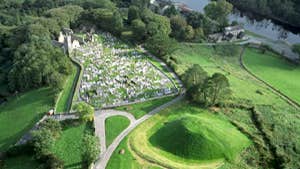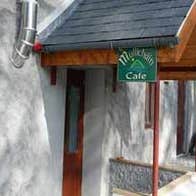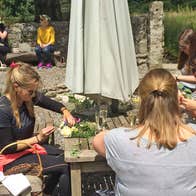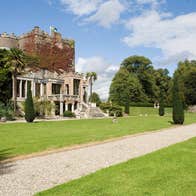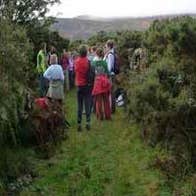Nestled between the Blackstairs Mountains and Brandon Hill, St Mullins Village is a tranquil place where St Moling established a monastery in the 7th century. St Moling was born in 614 AD, a prince and during his lifetime he became a poet, artist and craftsman as well as a priest. Under the patronage of Máedóc (Aidan) of Ferns he built his monastery in St Mullins.
In 691 AD he was made Archbishop of Ferns. He died in the year 696 AD and is buried in St Mullins along with several ancient kings of Leinster.
Today, the remaining ecclesiastical ruins are situated at the back of the graveyard and they include five churches and the remains of a round tower. The churchyard lies in the shadow of an Anglo-Norman motte and contains a fascinating collection of 18th and 19th century gravestones. During penal times, mass was said at the altar in the centre of the graveyard. Over the altar is an aperture through which a warning could be communicated to the priest from a watcher positioned on the motte. The former Church of Ireland Church, situated beside the renowned monastic ruins and cemetery, was originally built in 1811.
All aspects of local history including publications, church records, maps, old photographs and artefacts are housed at St Mullins Heritage Centre and provides a fascinating account of village and rural life over the centuries. A genealogy service and guided tours can be provided by appointment. On the outskirts of St Mullins lie the ruins of an early medieval church. This church is said to have been built in thanksgiving to St Moling who freed the area of Ossory from paying a tax in cows, known as the Bóroma Tribute, to the High Kings of Ireland.
